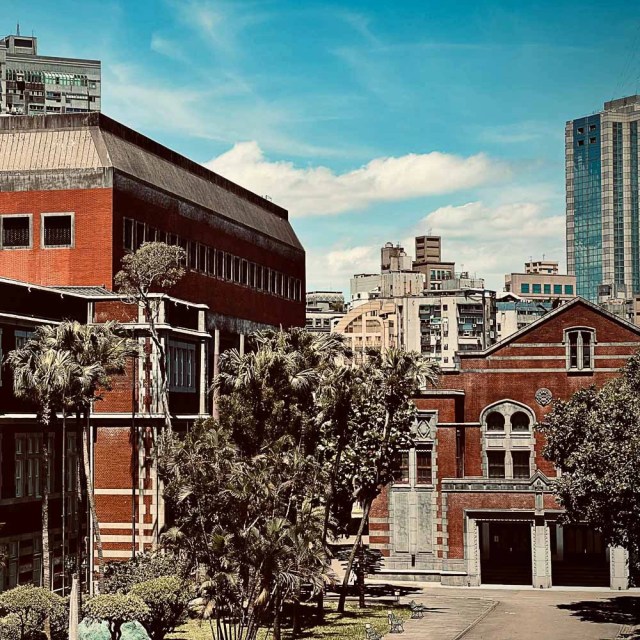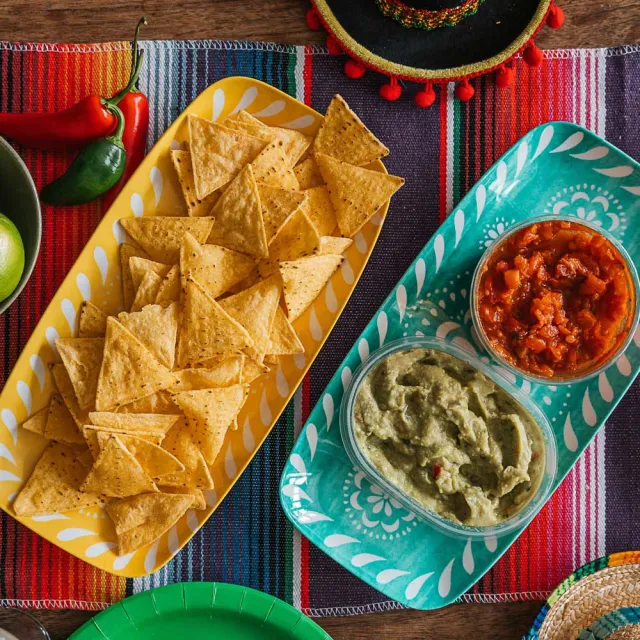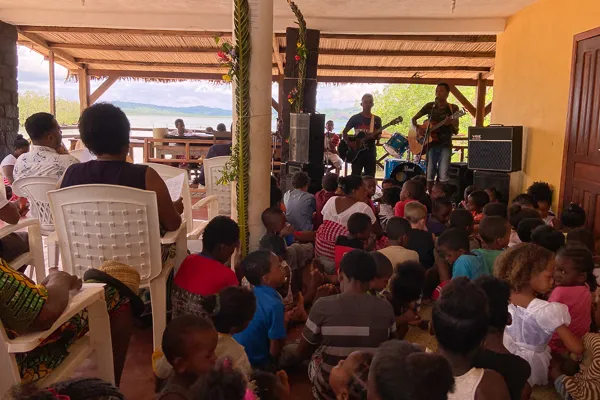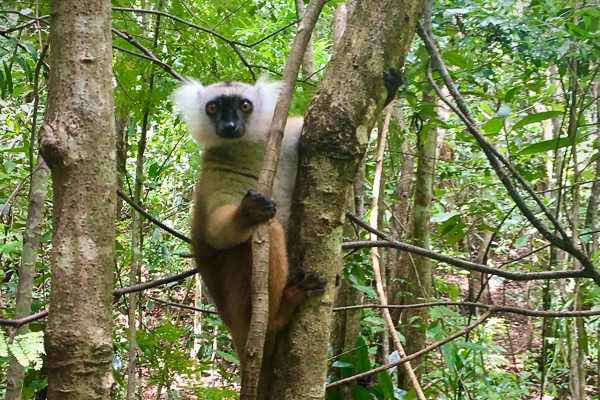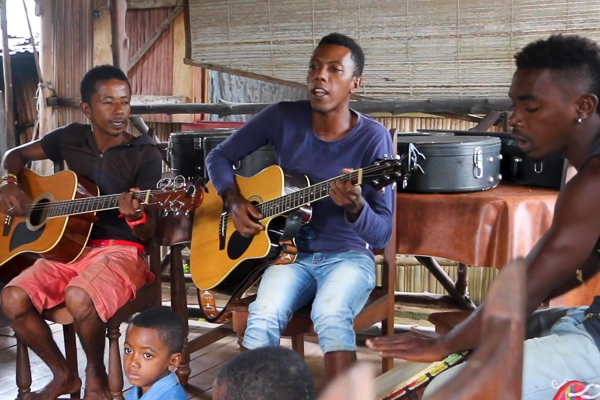Mama Vao Vao
Sakalava Women Sew Tapestries of Hope

I’ve recently left my upstairs art studio to find a new one outside among my Sakalava neighbors. The women around me are artisans creating curtains and tablecloths using traditional sewing techniques passed down from their grandmothers. This local skill has helped to support them for generations, but the truth is that the skill is beginning to fade away. And, quite honestly, the market for prostitution and child-sex workers is ever increasing. What are we to do with something so beautiful and so ugly? When will Christ come to finally remove this true sadness?
In my small effort, I emerged from my upstairs studio to learn how to sew like my Sakalava neighbors. Truly inspired by their work, but more so with their struggle and stories, I began to think about how we might approach a new product, with new designs, but using the same traditional techniques they’ve been using for generations. Being an artist myself, a painter, I saw the beauty, details, and expression in their skill, and it became clear to me that their pieces deserved to be signed, stretched, and presented as works of art.
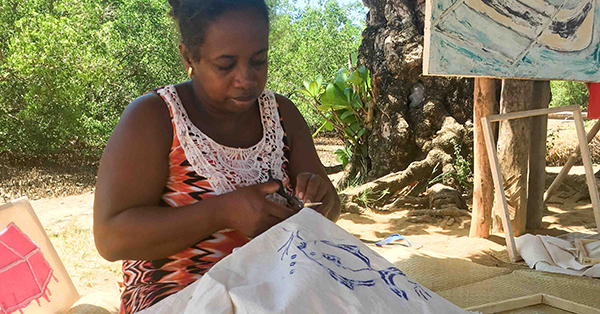
The tablecloths and curtains that the women create take between two weeks and two months to make; my island home is full of them. Though the market in Nosy Be is flooded with these products, the shapes are all the same because only a handful of women draw each cookie-cutter design. Currently, we have organized 18 women in the village where we live who are ready to sew, and ready to create a small business for themselves. My closest friend is Mama Jean and she and I are drawing new designs on a heavy cotton material, which the ladies take and sew one by one. Next, their name and our company logo is stitched on each piece; then they are washed and stretched on a wooden frame.
Our company name is Mama Vao Vao, pronounced “vo-vo” with a long-o sound. It means something new—and fresh—is just happening. With that in mind our company is new and will always be making something new, and the “Mama” part incorporates the way in which the women are recognized in the village. I’m Mama Camden, and each woman signs their work accordingly by the name they are called in the village. The village is connected by their family, mothers are known by their children and children are known by their mothers. Each of our pieces are connected in that way through the signatures. And so, as a collective group of women, we are “Mama Vao Vao.”
We have pieces ready to sell, but now we must figure out how to make the connection with the market of Italian and French tourists that flood this island every month. This is the next challenge we face, and none of us knows Italian or French, nor do we have the language ability to give the story behind our work.
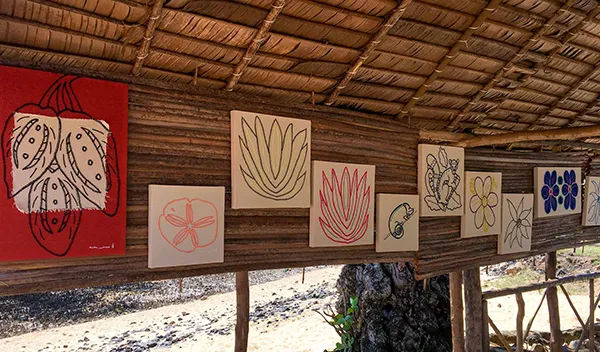
Please pray for Mama Vao Vao as we try to create a sustainable business. I believe that a business mission like this, bathed in prayer, has the potential to change the spiritual and entrepreneurial environment for women on an island plagued with sexual oppression.
Rebe McReynolds serves with MTW in Madagascar.
